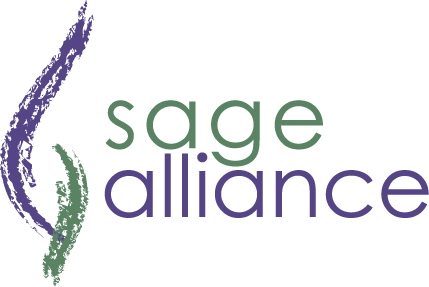
Communicating to Gain Buy-In
Now that I’ve got your attention, this isn’t a dance lesson but rather a lesson on how to communicate more effectively to gain buy-in. If you’re wondering what the tie in is with communication and the famous Cuban ballroom dance it brings to mind a client I was coaching who was constantly frustrated when people didn’t process at the same rate he spoke. He was ultimately talking at them, not to them so when he communicated their eyes glazed over and he got frustrated when they couldn’t keep up. In our coaching sessions we discussed how to modify his communication style by adjusting the manner in which he delivered information to be more effective.
Through our discussions he discovered he was throwing a lot of information at people and needed to give them a moment to process, we called this his Cha – Cha – Cha moment. He literally focused on these three words which made him smile and enabled him to pause and ensure he was truly engaging them.
Think about the types of conversations you have on a day-to-day basis and how a Cha – Cha – Cha moment could add value. Whether in one-to-one, one-to-few (meetings, conference or web based calls or a gathering where everyone is effectively sitting around a table, in person or virtually) or one-to-many (presentations or conveying information to a large group of people), it’s imperative to ensure you’re communicating effectively in each of these interactions and don’t miss the important cues that will enable you to gain buy-in for your idea or initiative. To do this, consider these four strategies to be a more effective communicator:
1. Ask questions. Slow down and give people a chance to digest and process the information you are delivering. Clarify and ask, are you with me or what additional information do you need? Your ability to engage more with your audience, in a two-way dialogue, will ensure you don’t lose them from the onset.
2. Read your audience. Be aware of body language and facial expressions such as folded arms, a far-away gaze or even a scowl. Imagine instead smiling faces, direct eye contact and heads nodding. Research shows that when communicating, non-verbal represents 55% of how a message is received. If you aren’t listening to body language then you are missing a key piece of communication. Non-verbal cues can speak louder and provide you with insight into how your audience is connecting with your message.
If your interactions are primarily virtual there’s also a big aha moment. While 45% of how a message is received is through our verbal communication, a whopping 38% of this is communicated through the tone of your voice and your accompanying voice inflection. Ultimately it’s not what you say but how you say it that makes the greatest impact!
3. Be an active listener. Focusing solely on your agenda and the points you want to get across can be a real turn-off, people feel like you are talking at them. Why do they feel like this? This happens for a variety of reasons; they are probably not invested like you are in the subject matter or you’ve simply not given them a reason to be a believer like you are. If you want converts you have to listen and look for ways to engage your audience.
Before any critical communication, think about the topic from your audience’s point of view. What’s in it for them? How will they benefit? And what’s the real take-away for them? We typically want to share everything we know when in reality we should simply stop talking and listen more. In group discussions, don’t immediately jump in without taking a Cha – Cha – Cha moment. Sometimes we jump in without fully understanding the nature or the context of a comment. Instead, stop and think before responding. This will ensure people don’t feel like you are talking at them but rather truly listening to them and their concerns.
4. Practice, practice, practice so this comes naturally! And find someone you trust who can give you feedback or signal you when you get off course.
Incorporating these four simple strategies will help you engage with your audience and gain buy-in more quickly. So create your Cha – Cha – Cha moments and communicate more effectively.
Sage Alliance, a Leadership Performance Company, provides coaching, teambuilding and assessments, workshops and speaking on topics including; leadership development, empowering teams, communications, lasting impressions, personal branding and building a coaching culture for executives and high-potentials – for both team and individual leaders.
Contact us today to discover how your organization can get the most through improved productivity, efficiency and direct impact to your bottom line, while leaders gain powerful insight, crystallize opportunities for growth and fine tune their strengths, enabling them to make the greatest impact. You can contact Shelley Hammell directly at shammell@thesagealliance.com.
